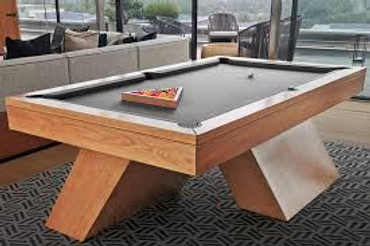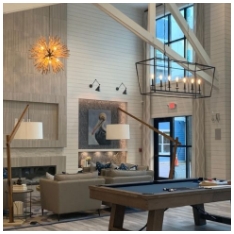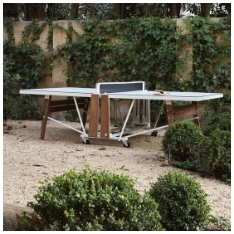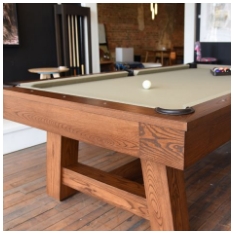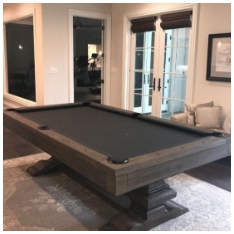Setting up a snooker table at home can offer countless hours of entertainment, improve your skills, and create a central hub for social gatherings. But before making a purchase, it’s important to understand what goes into choosing the right snooker table for your space, preferences, and budget.
This guide will walk you through the key considerations to help you make an informed decision, ensuring that the table you select is the right fit for your home.
Understanding Snooker Table Sizes
Full-Sized vs. Smaller Tables
The standard size of a professional snooker table is 12 feet by 6 feet. While ideal for competitive play, this size may not be suitable for all homes. For residential spaces, smaller sizes such as 10 feet or 9 feet tables are also available.
Before purchasing, measure your room dimensions and leave enough space around the table for comfortable cue movement—ideally 5 feet clearance on all sides.
Room Size Guidelines
Here’s a basic reference for room sizes based on table dimensions:
|
Table Size |
Room Size (min) |
|
12ft x 6ft |
22ft x 16ft |
|
10ft x 5ft |
20ft x 15ft |
|
9ft x 4.5ft |
18ft x 14ft |
|
8ft x 4ft |
17ft x 13ft |
Use these as a guideline to match the table size to your available space.
Frame and Build Quality
Slate vs. MDF Bed
The playing surface is a major factor in performance and longevity. Most high-quality snooker tables use slate beds, which are heavy, durable, and ensure a level playing field. MDF beds are lighter and more affordable, but they may warp over time and are better suited for casual play.
- Slate bed: Professional-grade, heavy, excellent bounce.
- MDF bed: Lightweight, cheaper, less durable.
Choose a slate bed if you’re serious about playing or want the table to last long.
Frame Material
Solid hardwood frames (oak, walnut, or mahogany) are more durable and attractive but are also more expensive. Some tables use engineered wood or mixed materials to reduce cost.
Inspect the joinery and leg construction—look for firm, bolted legs and strong corner brackets that prevent wobbling during play.
Cloth and Cushion Quality
The cloth surface affects how smoothly the balls roll and how long the table stays playable.
- Wool-Nylon Blend: Common in most residential tables. Offers decent play quality and is budget-friendly.
- 100% Wool Cloth (English cloth): Offers a finer finish and used in professional-grade tables.
Cushions should be responsive and consistent. High-quality rubber cushions will maintain their bounce for years. Low-grade rubber deteriorates quickly and affects gameplay.
Cueing Space and Lighting
Cue Length and Room Space
Standard cue length is 57–58 inches. Make sure there’s enough space around the table so players can take shots without obstruction.
If your room is a bit tight, consider shorter cues (42" or 48") as a practical compromise.
Lighting the Table
Good lighting is essential for accuracy and eye comfort. Use dedicated snooker lighting or LED pendant lights that hang above the table and distribute even light across the surface.
Avoid relying solely on ceiling fixtures or floor lamps, as shadows can affect visibility.
Installation and Floor Support
Snooker tables, especially slate ones, can weigh over 1000 pounds. Ensure your flooring can handle the weight without damage. Concrete or solid hardwood floors are ideal.
Professional installation is recommended. A well-leveled table ensures fair play and reduces strain on the frame. Improper leveling can lead to long-term damage and inaccurate shots.
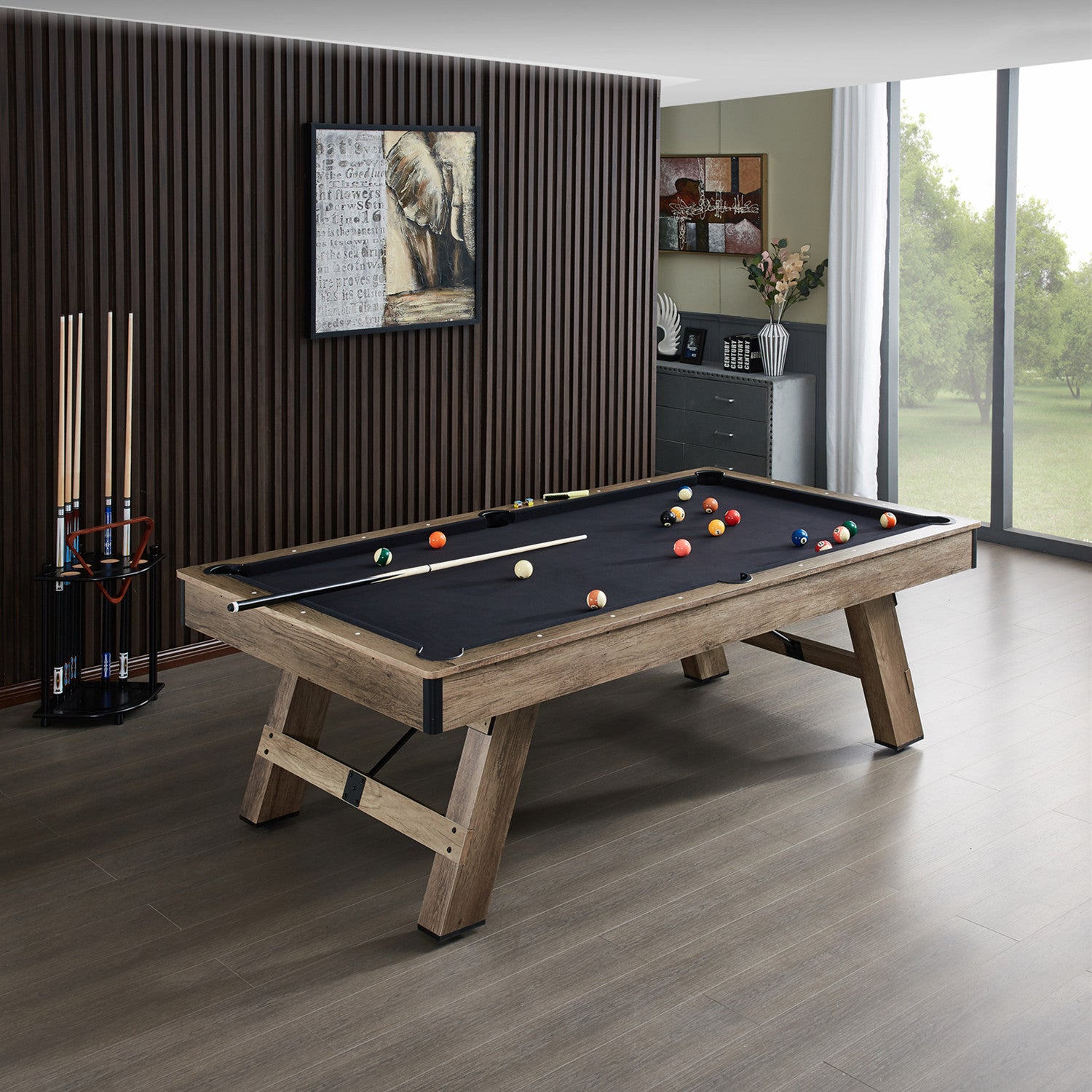
Aesthetic and Design Preferences
Snooker tables are also pieces of furniture, especially in a home setting. Choose a design that blends with your room’s interior.
Options include:
- Classic Victorian Style: Carved wood, traditional green baize.
- Modern Minimalist: Sleek black or white finish with clean lines.
- Convertible Tables: Some snooker tables double as dining tables or workstations.
Pick a design that complements your space without compromising on quality.
Delivery and Assembly
Verify delivery details before purchase:
- Does the seller offer in-home delivery?
- Is professional assembly included?
- What is the expected delivery time?
Some retailers include free shipping and assembly within certain regions. Others charge extra. Clarifying these details helps avoid hidden costs.
Maintenance Tips for Longevity
Proper care extends the lifespan and playing quality of your table:
- Brush the cloth regularly in one direction.
- Use a table cover when not in use.
- Avoid placing heavy items or drinks on the surface.
- Store cues upright to avoid warping.
- Keep the room at a stable temperature to avoid moisture-related damage to the wood and cloth.
Routine maintenance helps your table stay functional and aesthetically pleasing for years.
Conclusion
Choosing the right snooker table for your home involves balancing space, budget, material quality, and aesthetics. Whether you’re a serious player or setting up a table for casual family fun, the right table enhances your playing experience and fits well within your home environment.
With careful planning and a focus on quality, you can enjoy the satisfaction of owning a snooker table that meets your needs and lasts for decades.
